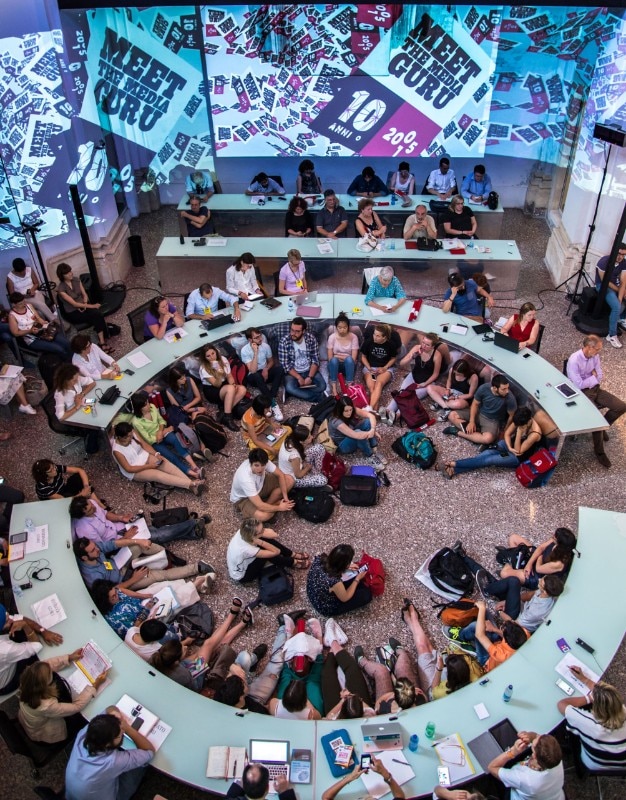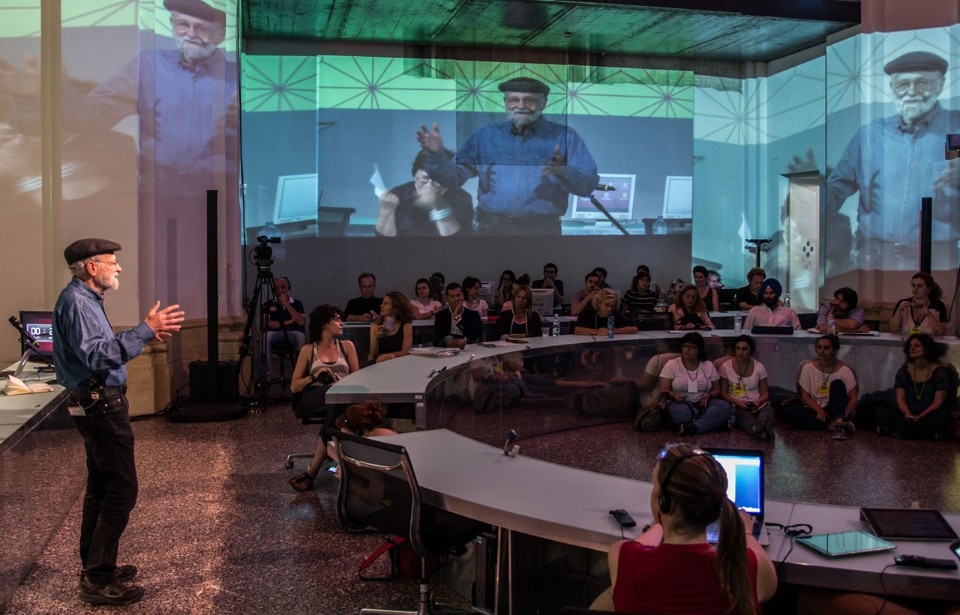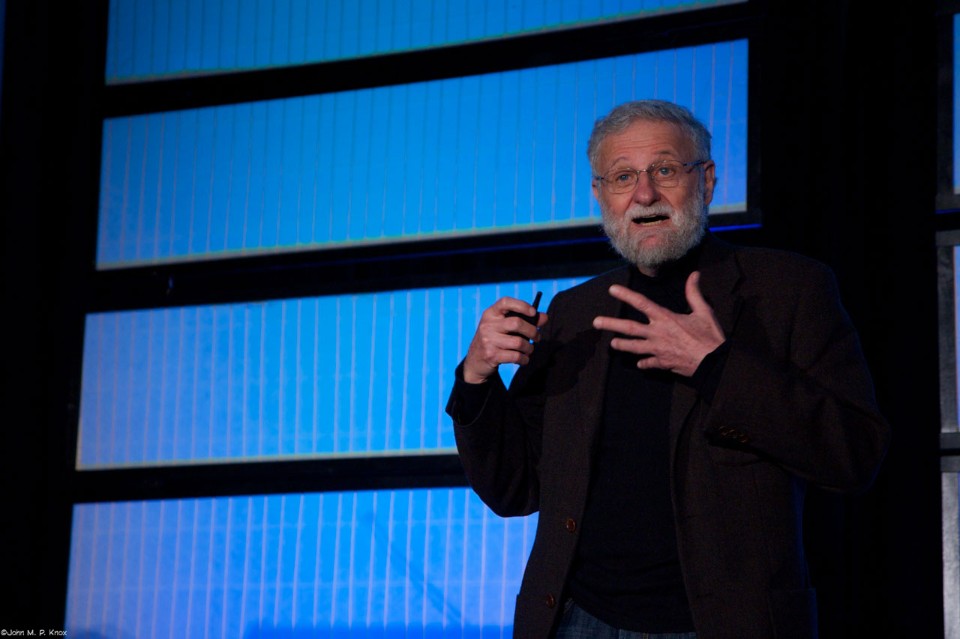
Engineers struggle with design because they are too logical. We have to design for the way people really behave, not as engineers or economists would prefer them to behave.

Whatever their sphere, argues Norman, good designers must offer a structure and stop complexity turning into confusion. Automation is the new challenge in this sense. “I’m working on the design of a car that drives all by itself and I’m coming up against problems linked to the way this vehicle can communicate and interact with us and the environment. How can such a car convey to us that it has seen us crossing the road and how can it, in turn, know that it is time to move on after allowing the last pedestrian to cross? I’m constructing rules and procedures that allow such tools to improve our lives.”
Many companies in the United States and elsewhere are focusing their research on the driverless car. The best-known project is Google’s but the designer is working for another three companies, although he cannot yet reveal their names. Norman’s approach is also very human-centred in the field of automation. Machines should only replace us in activities we do not perform well – driving is apparently one of these.
I’m working on the design of a car that drives all by itself and I’m coming up against problems linked to the way this vehicle can communicate and interact with us and the environment.


